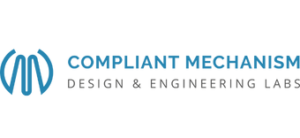We are a team of experts in various fields of engineering with the sole aim of promoting new mechanical engineering design which uses “Maximized ergonomic form tensor design methods”.
About Us | Contact | Blog | Privacy Policy | Legal

Our experts at CMDE Labs manufacture your product using the right manufacturing technique for you. This eliminates the increase in the unnecessary process stages, thereby fastening the production speed and saving your cost.
The different manufacturing techniques are:
1. Electric Discharge Machining

2. 3D Printing

3. Injection Moulding

4. Lamina Emergent Mechanism

5. Photo-lithography

Confused between the processes? Book an appointment and we will guide you with the right one.

 Origami in the medical field: Surgical Origami
Origami in the medical field: Surgical Origami
Leave a Reply
Want to join the discussion?Feel free to contribute!